Like In His Dark Materials Is There A Distance Limit
Like in his dark materials is there a distance limit
The answer is sort of complicated, but there is usually a distance limit. It is incredibly painful for most people to be more than a couple of a fit from their dæmon (though it varies a bit). Early on in the book the main character experiences excruciating pain when her dæmon wanders off to do something and he was probably no more than 10 feet away.
However, there are three ways mentioned for a dæmon to learn how to move long distances from their human.
The first way it is possible to is to undergo a ritual separation. There are places that dæmons cannot enter, and if a person goes in there than the dæmon must be left behind until they come out. After that they can go very far from one another. This ceremony is a right of passage for witches and shamans in a lot of cultures. Though it is very painful.
In addition, in the newer novels it is shown that people do not always get along with their dæmons. This usually reflects some deep discontentedness or internal conflict (I will not go into more detail because that is a whole other complicated thing, and I am writing up a post about it). In extreme circumstances the dæmon may run away, moving far from the person and going through the extreme pain for a while until they are used to it.
The third way is by accident. If some catastrophe accidentally forces a dæmon to go far from their person (for instance being caught in a water current and pulled apart) then they will be able to separate.
So to summarize a kind of long answer, there is usually a distance limit but there are instances where people and dæmons learn (or are forced) to overcome it. Though as another note, seeing someone without their dæmon is frighting for most people in the books. Its compared to seeing someone walk around with a severed head. So aside from witches, most people who can separate from their dæmon hide the fact from others.
This was a fun question, feel free to ask more!
More Posts from Waterbxy and Others
But imagine having a killer whale daemon like in the picture, you've always have to be dangerously near the ice, but your daemon would warn you if the ice was thin and always be there to prevent you from falling in.
Mod Frill: Yeah, there’d be some upsides to having a killer whale daemon, but honestly I’d imagine the downsides would outweigh them. It would kinda suck to always have to be near the ocean lol
Sea witchcraft
Sea witchcraft, also known as sea magic or ocean witchcraft, is a type of witchcraft that is centered around the sea and its energies. It is a form of nature-based spirituality that draws upon the elements of water, air, and earth, and the rhythms of the tides and the moon. Sea witches may focus on healing, divination, or protection, as well as working with sea creatures and the spirits of the ocean.
Here are some key practices and beliefs associated with sea witchcraft:
Connection to the Sea: Sea witches believe in the power of the ocean and its ability to heal and transform. They may feel a deep connection to the sea, and incorporate its energies into their daily practice.
Working with Water: Water is a central element in sea witchcraft, and sea witches may work with it in a variety of ways, such as using sea water in rituals, collecting rainwater for use in spells, or working with water crystals or gemstones.
Moon Magic: The phases of the moon and its connection to the tides is an important aspect of sea witchcraft. Sea witches may perform rituals or spells during specific moon phases, and use lunar correspondences in their practice.
Sea Creatures: Sea witches may work with the spirits of sea creatures, such as dolphins, whales, and sea turtles. They may also use shells, coral, or other oceanic items in their spellwork.
Protection Magic: Because the ocean can be dangerous and unpredictable, sea witches may focus on protection magic, using spells or charms to ward off negative energies or to protect sailors and fishermen.
Divination: Sea witches may use various forms of divination to gain insights and guidance, such as tarot, runes, or sea shell readings.
Weather Magic: The sea and the weather are closely connected, and sea witches may work with the energies of storms, wind, and rain. They may perform rituals to calm storms or to bring rain during droughts.
Sea witchcraft can be practiced both on land and at sea. Some sea witches may work by the ocean, incorporating natural items like shells, driftwood, and seaweed into their practice, while others may incorporate the essence of the sea into their practice by using items like sea salt, seashells, or sea-themed decor in their homes.
Sea witchcraft is a beautiful and powerful way to connect with the energies of the ocean and nature, and to deepen your spiritual practice.
Are daemons furries? Discuss.
Some concepts:
Boys who teach their non-witch boyfriends about witchcraft
Boys who aren’t witches but still get excited everytime their witch bf talks about witchcraft
Boys who become witches together and practise everything with each other
Boys buying each other witchcraft supplies and drawing sigils on them
Boys making personal sigils for each other
Witch boys supporting each other’s craft and practising together to grow as individuals
Oh no, I got stuck looking at footage from the Golden Compass movie and now I’m having serious dæmon feels. Like, “a world where everyone has corporeal dæmons” feels.
A sparrow dæmon fetching things in the grocery store as their human walks by
A big cat dæmon walking down the street next to their young anxious human, disappearing in and out of street lights like a shadow, growling from deep inside their chest at people who could be a threat to their other half
A raptor dæmon flying overhead of their human riding a bike, tugging in their hair for teasing and the human swatting overhead and almost loosing balance
People carrying their dæmons on their shoulders. Just, carrying your dæ on your shoulder. It’s so important.
A monkey dæmon clinging to their human’s arm when they walk and jumping to the table as their human sit down to eat
A tiny mouse dæmon running under and around their person’s hands as they write on their computer
Dæmons of classmates touching noses when they see each other in the morning
Dæmons of lovers curling up together under the table as their humans share a romantic dinner
Dæmons of friends resting in a huge heap of unidentifiable feather and fur and scales when their humans have a movie night
A ferret dæmon wrapping themself around their person’s neck to keep them warm in the evening air
An otter dæmon acting coach to their human when they’re swimming, swimming around them and splashing water on them if they don’t swim fast enough
Children’s dæmons playing in secret under the tables when their humans have class, taking tiny forms to not be seen but giggling and scurrying so much they can’t be missed
A big sibling’s dæmon cheering up their crying little sibling by changing into a really colourful butterfly and fluttering around above their head
The thought of corporeal dæmons make me so happy, guys.

“ To be a servant and vessel to the Queen of Love, Aphrodite. Is to know, practice, and embrace the deepest chasms of love. Whether light or dark.”
Art by Ted Griffin
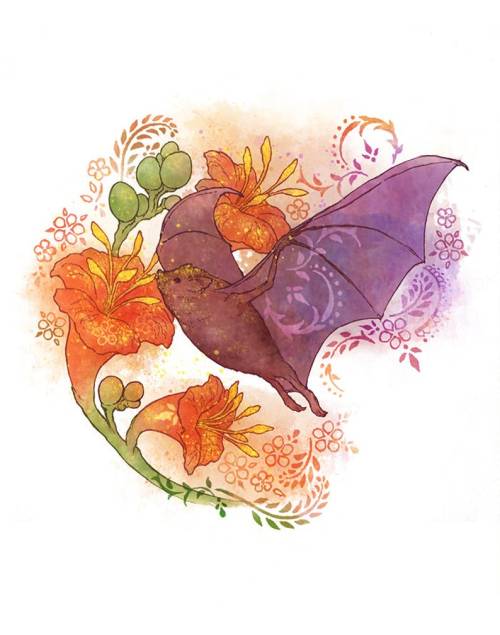

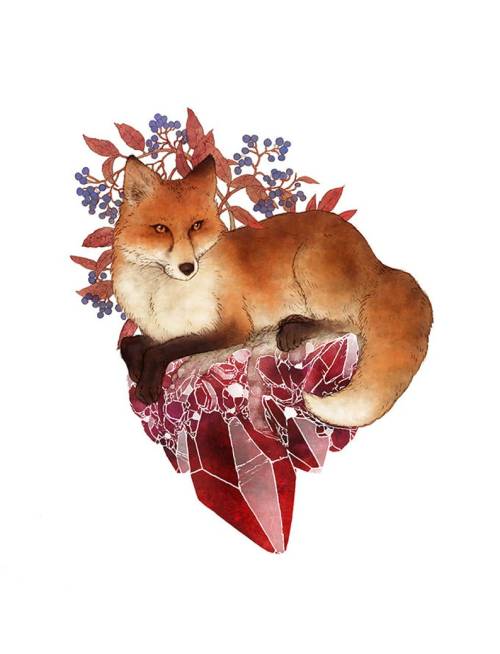
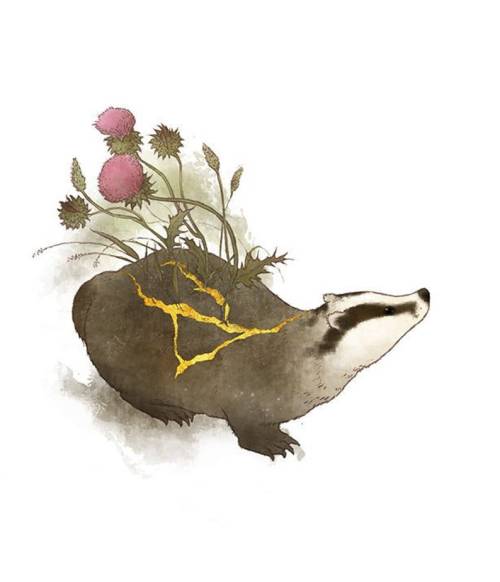

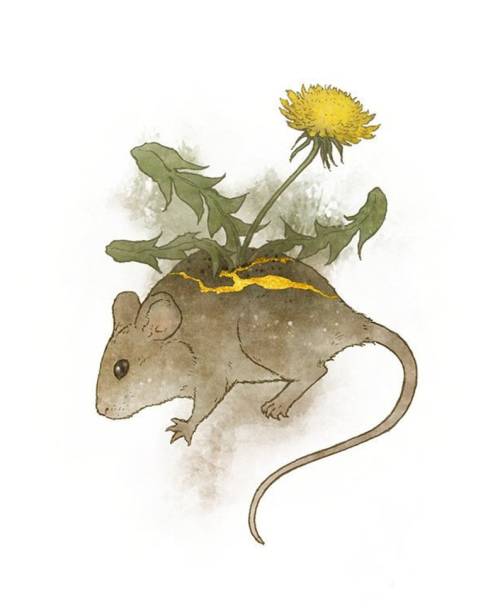
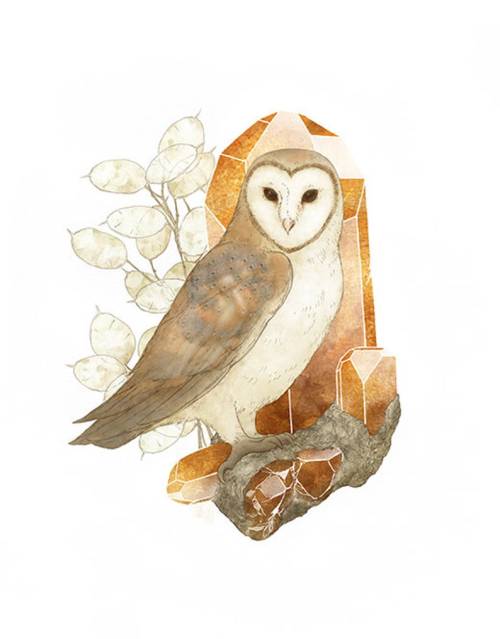

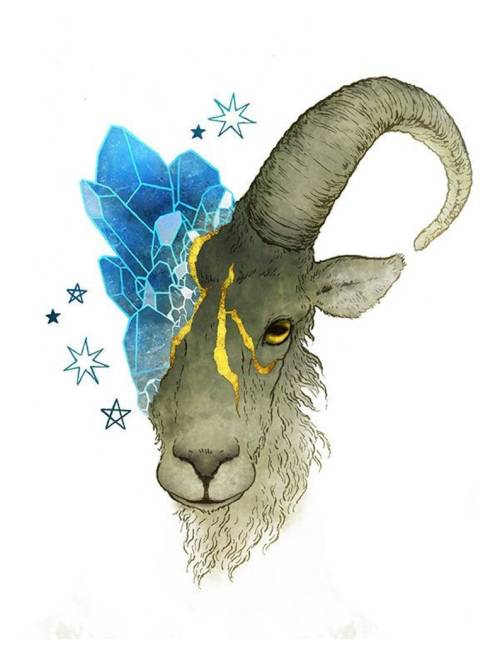
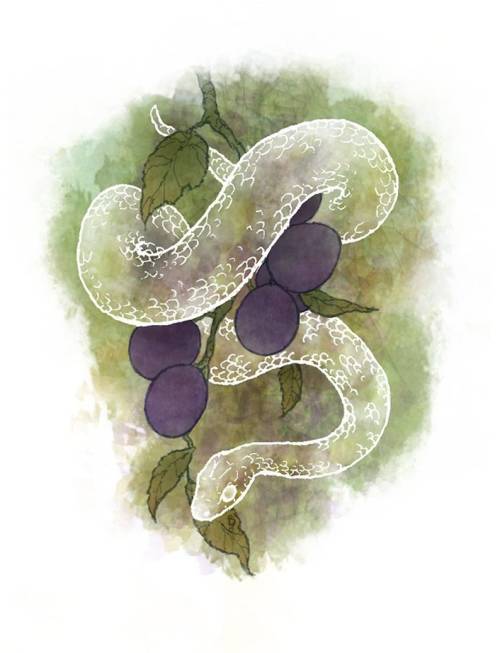
Nature Animal Art Prints by Curioseum
x / x / x / x / x
x / x / x / x / x
october 31th international holiday for: bisexuals, goths, middle childs, ig baddies, metalheads, people who started shit during debates on sociology class, crazy scientists, entps, people who read books they hate so they can criticize it properly, people with adhd, and last but not least, necromancers.
Meta/Document Fic: Daemons and settling
(I don’t know, guys. This thing just happened and demanded to be written. Excerpt from a college student’s sociology paper on daemon settlement.)
(Un)settled: An analysis of atypical patterns of daemon morphic fluidity
The ‘standard’ pattern of morphic fluidity in daemons is a bell curve[1], punctuated by the long tail of settled adulthood. The brief window of infant stability, transitioning to the rapid-fire shifts of childhood peaking around age ten, before slowly dropping to a stable set of preferred shapes and ending with settlement into a final adult form by the point of legal adulthood.
There is no public conception of non-traditional settlement except as a stigma, a moral failing. Non-traditional settlement is pathologized, treated as a sign of mental illness at best, moral depravity at worst. [2] This refusal to teach or consider other settlement patterns leaves many of the most vulnerable members of society out in the cold.
In this essay, I will discuss the most common alternate settlement patterns: delayed settlement, precocious settlement, two-stage settlement, long-phase polymorphic settlement, short-phase polymorphic settlement, traumatic resettlement, and traumatic unsettling.
Delayed and precocious settlement are both recognized medical conditions, akin to disorders related to puberty and development. [3] Two-stage settlement, polymorphic settlement, and trauma-based settlement patterns meanwhile fall under the umbrella of psychiatric disorders. [4]
Delayed settlement is defined medically as any daemon settlement after the age of sixteen, but is not considered ‘serious’ unless a daemon remains unsettled past the age of majority. The oldest recorded settling was Bazhenov Vyacheslav|Emiliya at 39 years old. [5]
Precocious settlement, on the opposite end of the spectrum, is daemon settlement before age thirteen.[6] Precocious settlement is most diagnosed in boys, despite studies [7] which suggest girls are three times as likely to settle precociously than boys are. The youngest recorded settlement was Faraji Shabani|Jahaira at five years old. [8]
Two-stage settlement, also known as ‘false settling’, is defined by the DSM-5 as ‘periods of involuntary quasi-settlement, where a daemon is morphically stable for a minimum of six months’.[9] The DSM-5 definition is not without controversy – proponents of neuro-morphic theory argue that ‘quasi-settlement,’ by definition, is only applicable to daemons who retain metamorphic ability. 10]
Long-phase and short-phase polymorphic settlement are marked by limited retention of metamorphic ability. Polymorphic daemons have a set range of forms – as few as two, or as many as twenty [11] have been recorded. In contrast to unsettled daemons, polymorphs often describe their shifts as involuntary or situation-based. (e.g. a polymorph is always a yorkshire terrier at home, but shifts to a husky while at work.) [12] The division between long and short phase polymorphs is largely artificial, useful more for describing the entire population than any one individual. A polymorph who shifts more than once a month is considered a short-phase, one who shifts less often is a long-phase. [13]
Traumatic resettlement and unsettlement were, until recently, treated only as symptoms of PTSD. [14] The DSM-5 reclassified them as trauma disorders in its own right, [15] which has drawn disapproval from multiple groups.[16]…

If you give this woman money, it will go to transphobic causes. If you give this woman a platform, she will use it to boost transphobic causes. This isn't a "well nobody's perfect" or "well x other creator also did something bad once" situation, this is an inordinate amount of influence for a creator to have, and supporting her by word or wallet actively hurts trans people.
-
 tis-knight-time liked this · 2 years ago
tis-knight-time liked this · 2 years ago -
 iamcautiouslyoptimistic liked this · 3 years ago
iamcautiouslyoptimistic liked this · 3 years ago -
 sodiepop-tunafishie liked this · 4 years ago
sodiepop-tunafishie liked this · 4 years ago -
 mydragonwinnerrebel liked this · 4 years ago
mydragonwinnerrebel liked this · 4 years ago -
 nothingbutstardust12 liked this · 4 years ago
nothingbutstardust12 liked this · 4 years ago -
 owlspirit liked this · 4 years ago
owlspirit liked this · 4 years ago -
 whale-mafia liked this · 4 years ago
whale-mafia liked this · 4 years ago -
 notcompletelygone liked this · 4 years ago
notcompletelygone liked this · 4 years ago -
 marchingbandtshirt liked this · 4 years ago
marchingbandtshirt liked this · 4 years ago -
 sufjannegolde liked this · 4 years ago
sufjannegolde liked this · 4 years ago -
 booksforlions liked this · 4 years ago
booksforlions liked this · 4 years ago -
 sydthegoatkid reblogged this · 4 years ago
sydthegoatkid reblogged this · 4 years ago -
 sundiscsandemptyciphers reblogged this · 4 years ago
sundiscsandemptyciphers reblogged this · 4 years ago -
 lhinelle liked this · 4 years ago
lhinelle liked this · 4 years ago -
 negamewtwo liked this · 4 years ago
negamewtwo liked this · 4 years ago -
 rinadragomir liked this · 4 years ago
rinadragomir liked this · 4 years ago -
 cousinzee liked this · 4 years ago
cousinzee liked this · 4 years ago -
 waterbxy reblogged this · 4 years ago
waterbxy reblogged this · 4 years ago -
 waterbxy liked this · 4 years ago
waterbxy liked this · 4 years ago -
 toaselle liked this · 4 years ago
toaselle liked this · 4 years ago -
 empidonax liked this · 4 years ago
empidonax liked this · 4 years ago -
 aquitainequeen liked this · 4 years ago
aquitainequeen liked this · 4 years ago -
 villanvee liked this · 4 years ago
villanvee liked this · 4 years ago -
 weeeeeeep liked this · 4 years ago
weeeeeeep liked this · 4 years ago -
 jaxi-the-dragonborn liked this · 4 years ago
jaxi-the-dragonborn liked this · 4 years ago -
 dustyard liked this · 4 years ago
dustyard liked this · 4 years ago -
 oliverthedaemon reblogged this · 4 years ago
oliverthedaemon reblogged this · 4 years ago
Paul (he/him) & Kleytos (he/him). We're so new into daemonism and witchcraft, so... Give us a chance.
280 posts